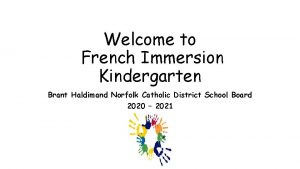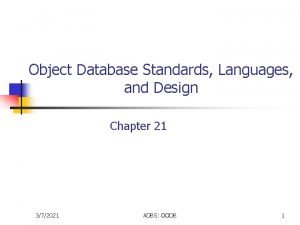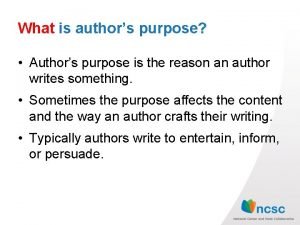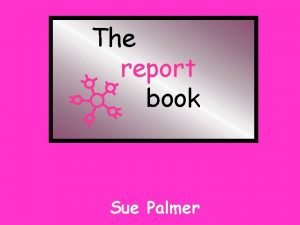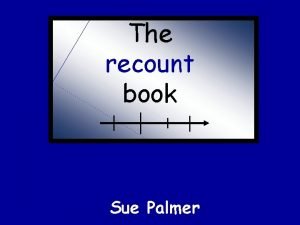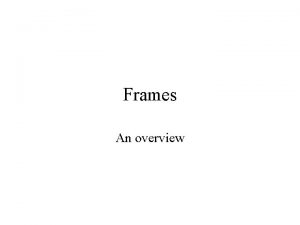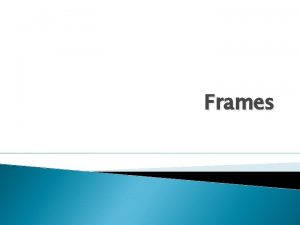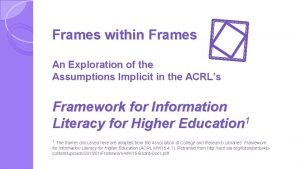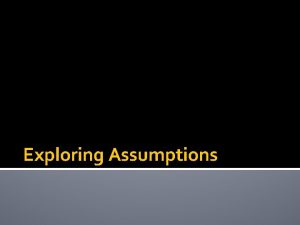ASSUMPTIONS OF THE FOUR FRAMES This organizing schema





- Slides: 5

ASSUMPTIONS OF THE FOUR FRAMES This organizing schema of assumptions about organizational life is developed by Lee Bolman and Terry Deal, and is the foundation for their book, Reframing Organizations .

Six assumptions undergird the structural frame: • 1. Organizations exist to achieve established goals and objectives. • 2. Organizations work best when rationality prevails over personal preferences and external pressures. • 3. Structures must be designed to fit an organization’s circumstances (including its goals, technology and environment). • 4. Organizations increase efficiency and enhance performance through specialization and division of labor. • 5. Appropriate forms of coordination and control are essential to ensuring that individuals and units work together in the service of organizational goals. • 6. Problems and performance gaps arise from structural deficiencies and can be remedied through restructuring.

The human resource frame is built on core assumptions that highlight this way of thinking about organizations: • 1. Organizations exist to serve human needs rather than the reverse. • 2. People and organizations need each other: organizations need ideas, energy, and talent; people need careers, salaries, and opportunities. • 3. When the fit between individual and system is poor, one or both suffer: individuals will be exploited or will exploit the organization-or both will become victims. • 4. A good fit benefits both: individuals find meaningful and satisfying work, and organizations get the talent and energy they need to succeed.

Five propositions summarize the perspective of the political frame: • 1. Organizations are coalitions of various individuals and interest groups. • 2. There are enduring differences among coalition members in values, beliefs, information, interests, and perceptions of reality. • 3. Most important decisions involve the allocation of scarce resources - who gets what. • 4. Scare resources and enduring differences give conflict a central role in organizational dynamics and make power the most important resource. • 5. Goals and decisions emerge from bargaining, negotiation, and jockeying for position among different stakeholders.

The symbolic frame distills ideas about “meaningfulness in organizations” into six core assumptions: • 1. What is most important about any event is not what happened but what it means. • 2. Activity and meanings are loosely coupled: events have multiple meanings because people interpret experience differently. • 3. Most of life is ambiguous or uncertain- what happened, why it happened, or what will happen next are all puzzles. • 4. High levels of ambiguity and uncertainty undercut rational analysis, problem solving, and decision making. • 5. In the fact of uncertainty and ambiguity, people create symbols to resolve confusion, increase predictability, provide direction, and anchor hope and faith. • 6. Many events and processes are more important for what is expressed than what is produced. They form a cultural tapestry of secular myths, rituals, ceremonies, and stories that help people find meanings, purpose, and passion.
